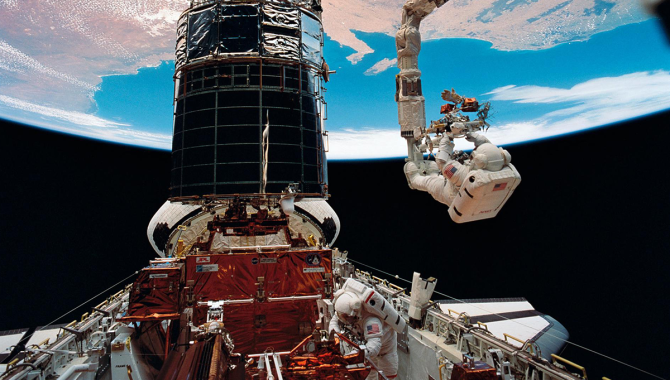
This Month in NASA History: STS-61 Saves Hubble
Read More
Ambitious mission includes five EVAs, unprecedented rendezvous.

Ambitious mission includes five EVAs, unprecedented rendezvous.
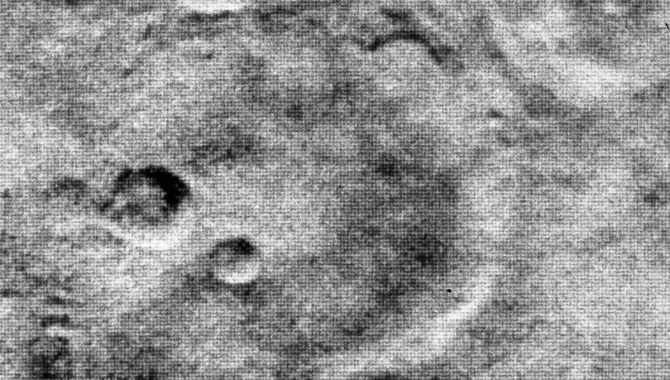
Mission replaces wild ideas about Mars with the first stark images of the surface.
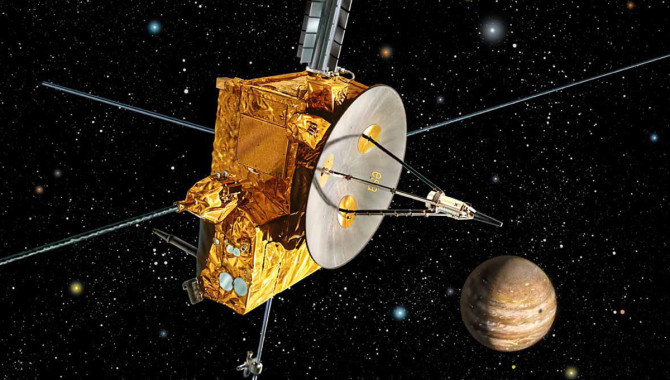
Crew of STS-41 launches spacecraft on out-of-ecliptic mission to the Sun.
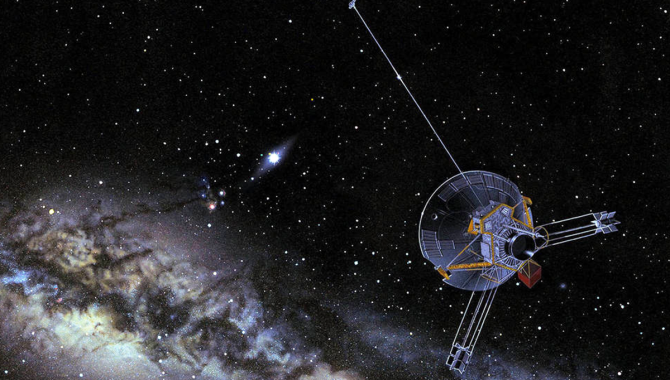
Space probe’s journey began with exceptional project management.
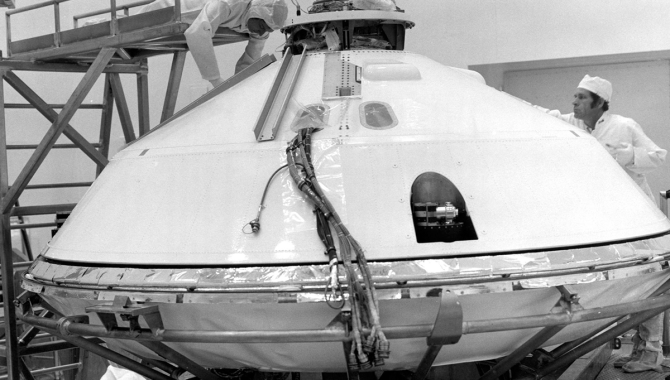
Ambitious mission required extensive technical innovation.
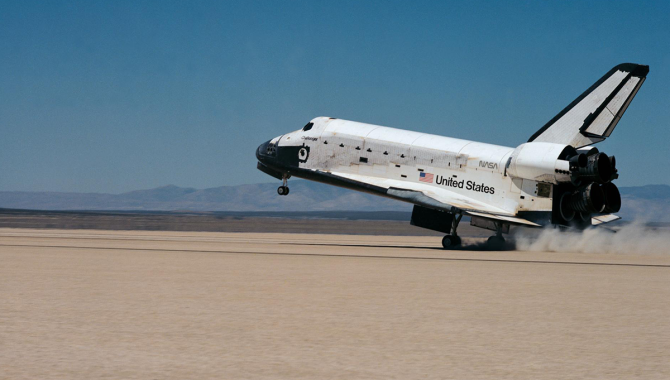
Crew recovers from engine shutdown to complete ambitious science objectives.
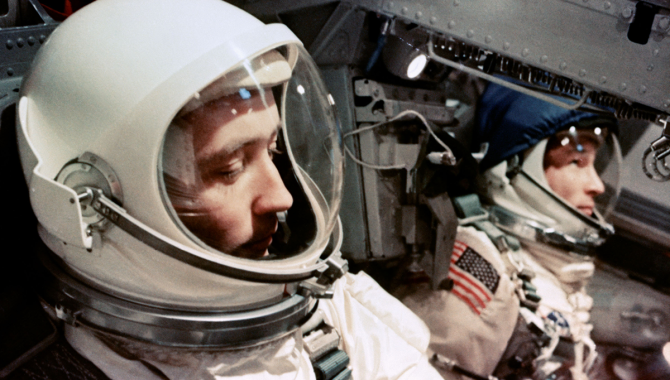
Gemini IV astronauts solve hatch problems, test human endurance.
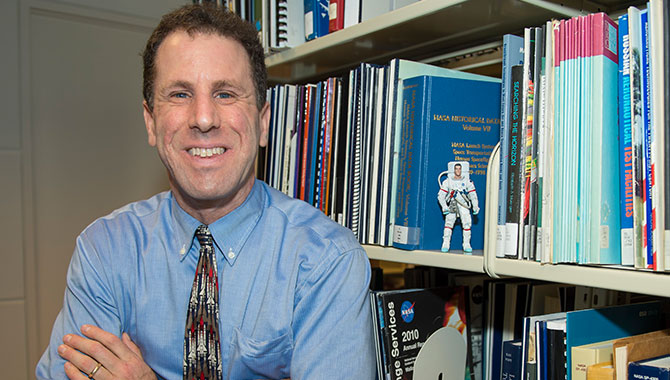
Stephen Garber discusses knowledge sharing through the NASA History Division.
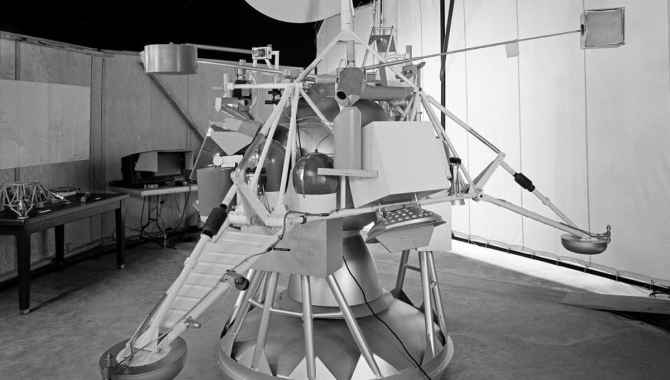
Robotic lander series demonstrated lunar surface would support Apollo’s Lunar Module.